Mr. Nguyen Thanh Hien, a long-time beekeeper (bee eater) in Hamlet 13 (Khanh An Commune, Ca Mau Province), was busy preparing his boat and tools to go into the forest. The items he brought were the same as those on dry season honey collecting trips: steel wool for smoking, knife, tub for storing honey and wax, head net, raincoat, gloves, etc. However, the main purpose of this trip was not to collect honey but to "clean the nest", ensuring the best living place for the bees.
According to Mr. Hien, “cleaning the nest” requires the beekeeper to understand the habits of bees. After smoking the bees to let them fly out, Mr. Hien gently removes the little honey, which has faded in color due to rainwater. He also cuts off the beeswax, especially the old wax, keeping only enough young wax for future worker bees to continue developing.
This season, Mr. Nguyen Thanh Hien's family goes into the forest mainly to "clean the nest" for bees.
“During the rainy season, from May to June, beehives almost never produce honey. At this time, the amount of honey is very low and the quality is not good, but beekeepers still have to go into the forest to clean the beehives. Especially during August to September, it is necessary to remove old bees and remove young beeswax to welcome the new honey season,” Mr. Hien explained.
Mr. Nguyen Van Vung, who has been working as a beekeeper for more than 20 years in Nguyen Phich commune, Ca Mau province, said: “For the people here, the beekeeping profession has two seasons: dry beekeeping and early beekeeping, corresponding to the dry season and rainy season. The dry season is around the 10th lunar month to April or May of the following year, the wet season lasts from May to October. The dry beekeeping season is the honey harvesting season, with the best honey yield from after Tet until the rainy season. In this early beekeeping season, people visit the beehives to take care of them, but the honey does not have much economic value.”
Although honey is scarce and of low value during the rainy season, the traditional beekeeping work is still maintained by local beekeepers. For those who consider the profession as their flesh and blood, they can go into the forest to clean the beehives several times during the rainy season, both because they miss the bees and to ensure that they grow best. For example, Mr. Tran Van Nhi’s family, with a three-generation tradition of “beekeeping”, still goes into the forest every month to take care of the beehives. For Mr. Nhi, cutting off the beeswax after collecting honey is very important.
“After collecting honey, we have to cut off the ashes to stimulate the bees to collect honey and rebuild the hive. If we don’t cut off the ashes, the hive will hatch many bees, and when they are crowded, they will produce more queen bees and will split the hive. When the queen bee splits, she will take the good worker bees with her to build a new hive. When all the good bees leave, the amount of honey for the next season will decrease, so cleaning the hive to help it develop well is very important,” Mr. Nhi shared.
Beekeeping helps people in U Minh Ha forest have extra income.
In addition to “cleaning the nests” for bees, during the rainy season, workers also replace old rafters, which are usually only used for about 3 years. They also move deeper into the forest to find new locations for rafters before the dry season arrives. Rafter-laying secrets such as choosing a location with reeds to place the rafters, orienting the rafters towards the rising sun and ensuring sunlight in both the morning and afternoon have become basic techniques passed down through many generations. In addition, each family also has its own secrets, passed down only to their children and grandchildren to ensure the profession develops effectively and sustainably.
Mr. Nguyen Thanh Hien's family (in Khanh An commune, Ca Mau province) has had a stable income for many years thanks to maintaining the traditional profession. "The "bee-hunting" profession, if you know how to do it, is very simple, flexible in terms of time, take advantage of free time to collect honey, clean the nest at that time. "Although it takes little time to do the job, it brings high income, while waiting for the cajuput trees to reach harvest age. For example, my family has 30 beehives, each autumn we get at least about 150 liters of honey, priced at about 500,000 VND/liter. This is a traditional profession, so not only me but many people here maintain it to have more income to improve their lives" - Mr. Hien said.
Article and photos: HIEU NGHIA
Source: https://baocantho.com.vn/mua-don-to-cua-tho-an-ong--a189808.html










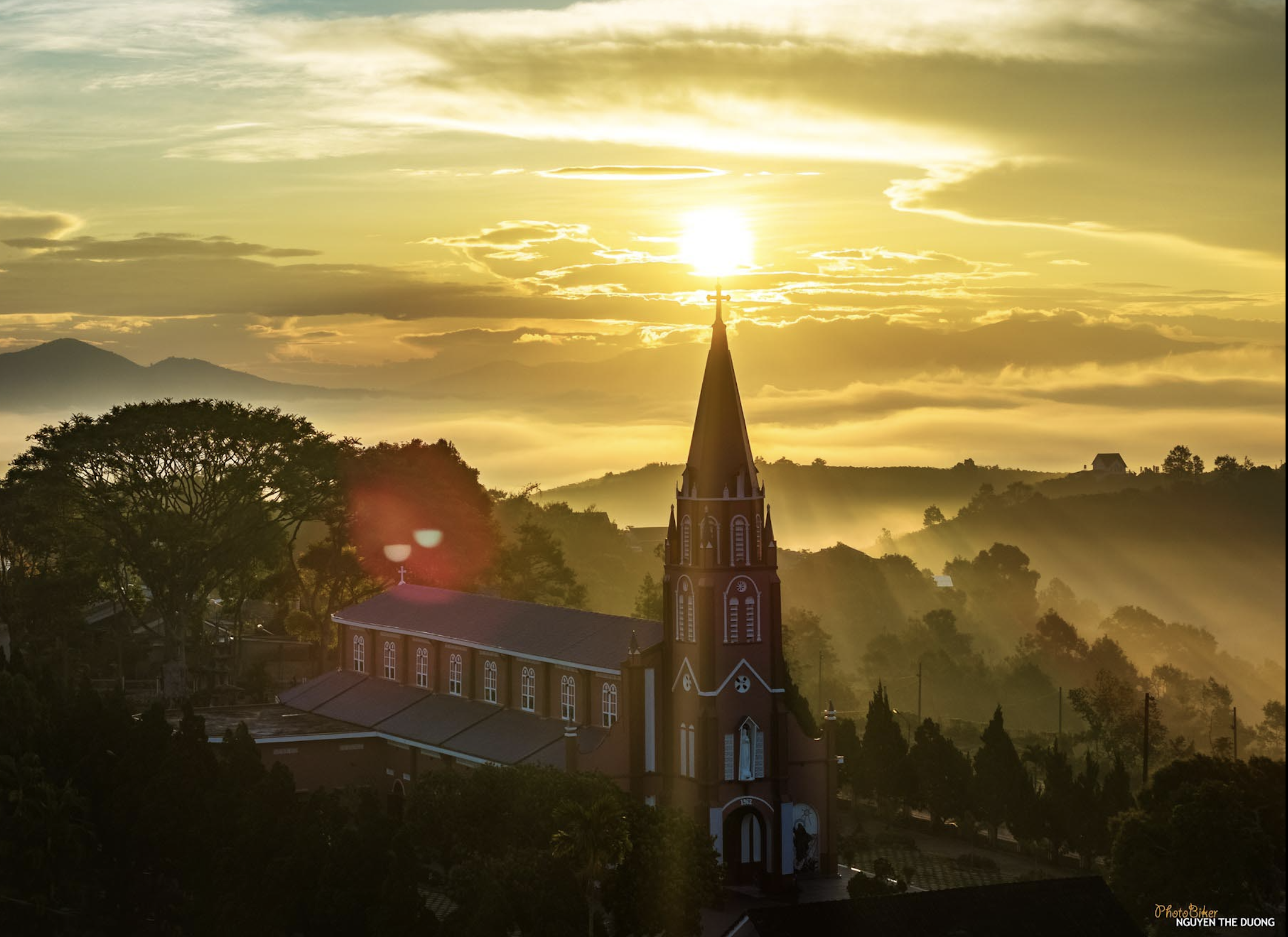


![[Photo] President Luong Cuong attends special political-artistic television show "Golden Opportunity"](https://vstatic.vietnam.vn/vietnam/resource/IMAGE/2025/8/22/44ca13c28fa7476796f9aa3618ff74c4)

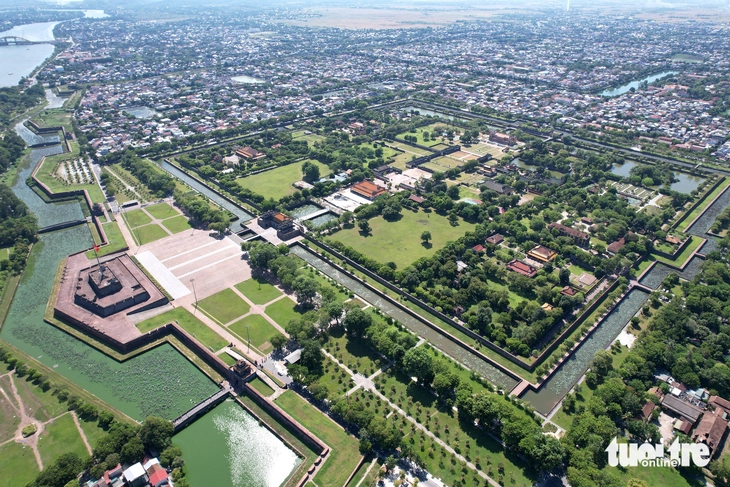



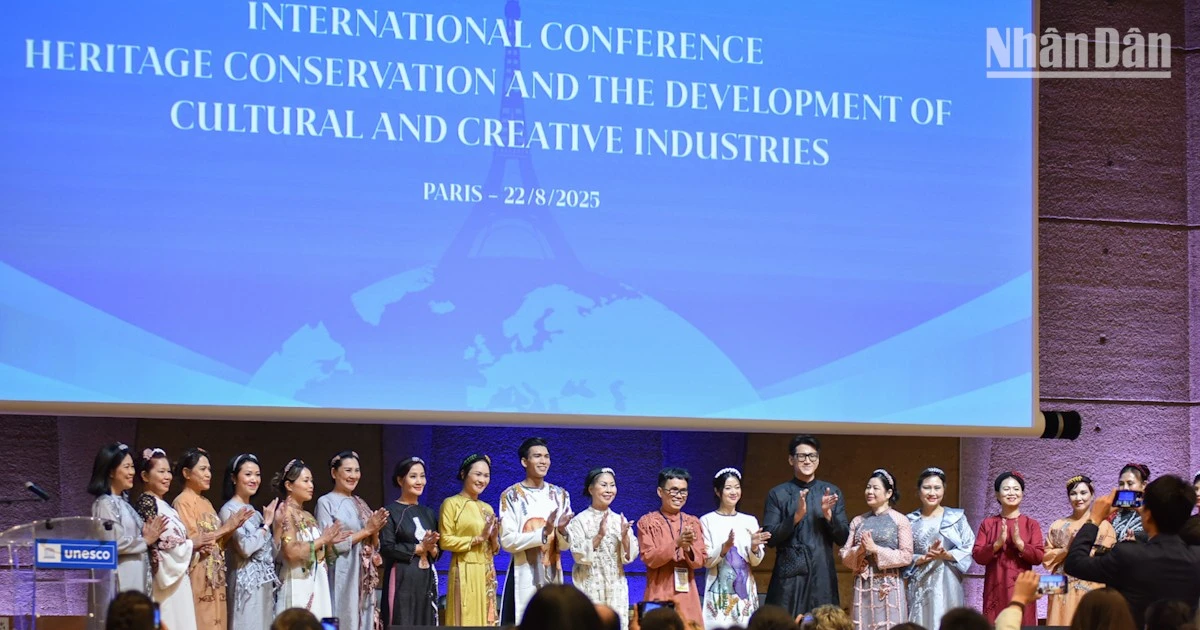








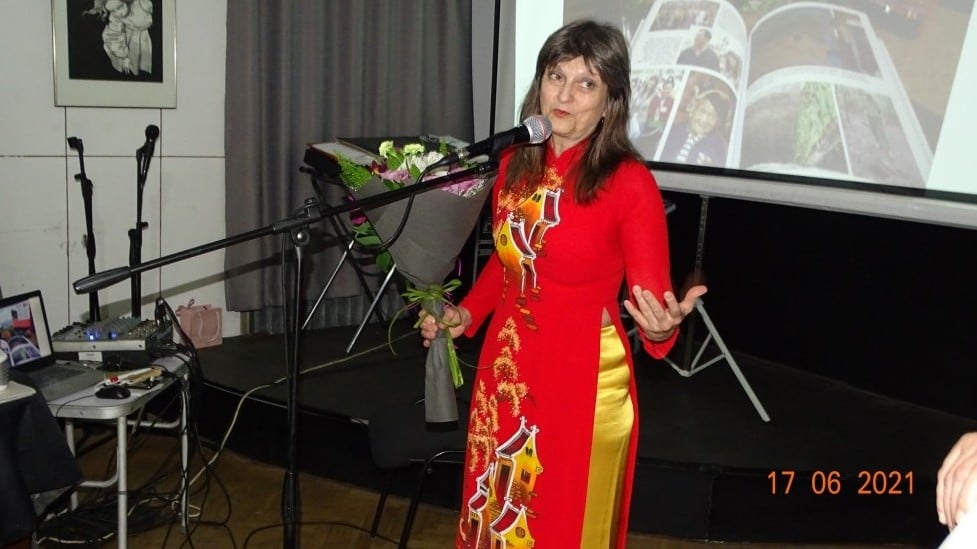























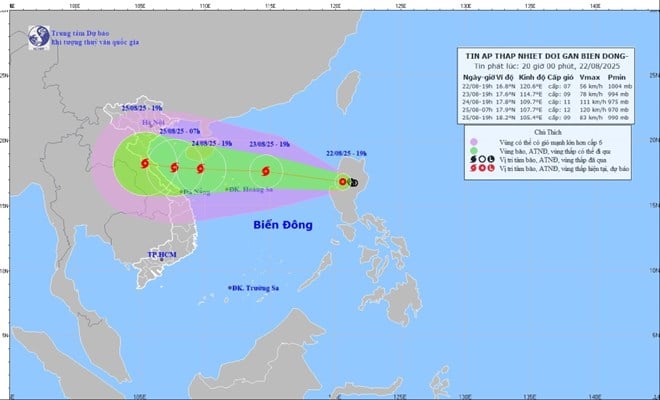

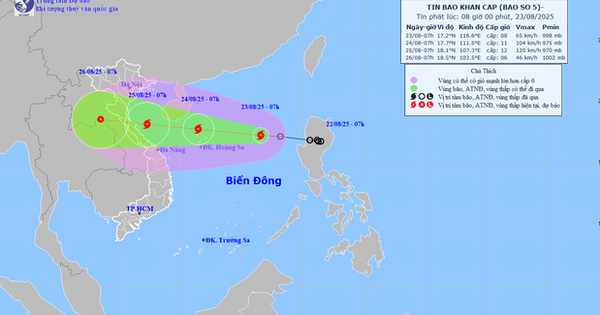




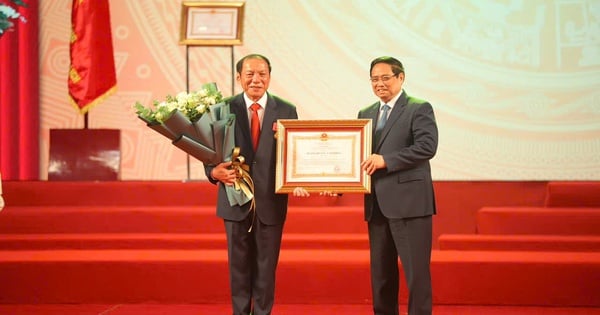


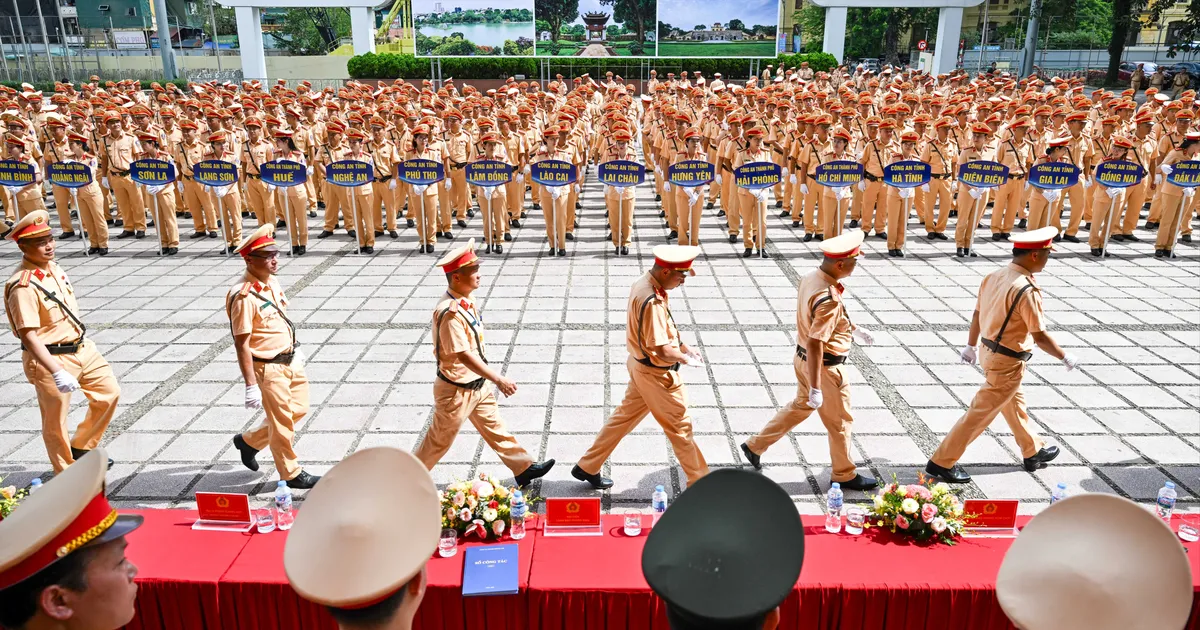

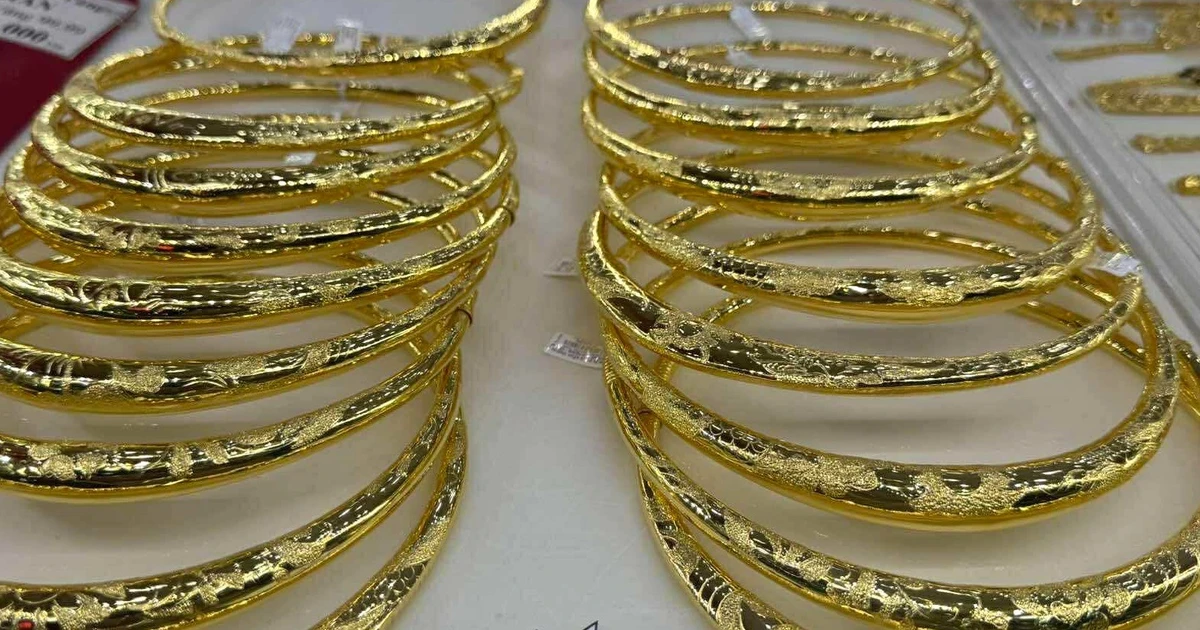












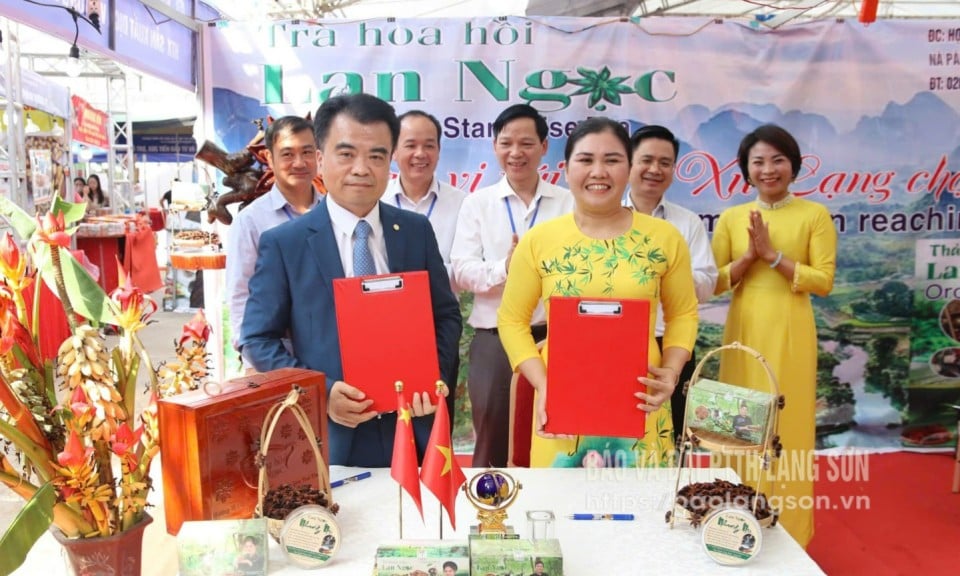

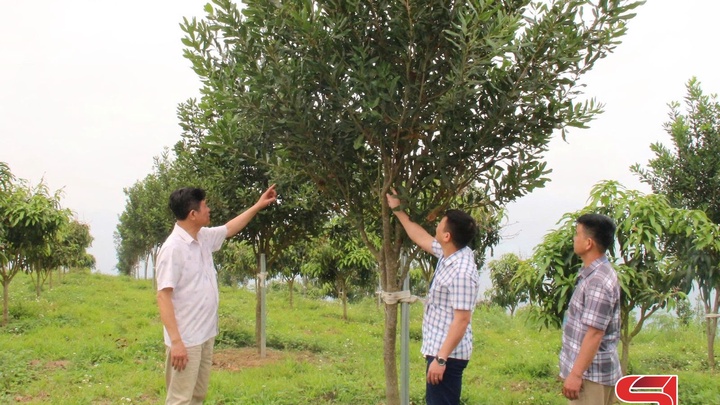







Comment (0)